1. Choosing Single-Pane Windows

Single-pane windows may be cheaper upfront, but they’re basically like putting up a screen door in winter. They let heat escape in cold months and let it pour in during summer. That means your HVAC system has to work overtime to keep up. Over time, the energy loss can cost far more than the savings you got from going cheap.
Double- or triple-pane windows with low-emissivity (Low-E) coatings dramatically reduce heat transfer. They also help block UV rays that can fade furniture and flooring. Even if you’re renovating on a budget, investing here pays off in lower bills. Plus, you’ll notice the comfort difference almost immediately.
2. Skipping Insulation in the Attic
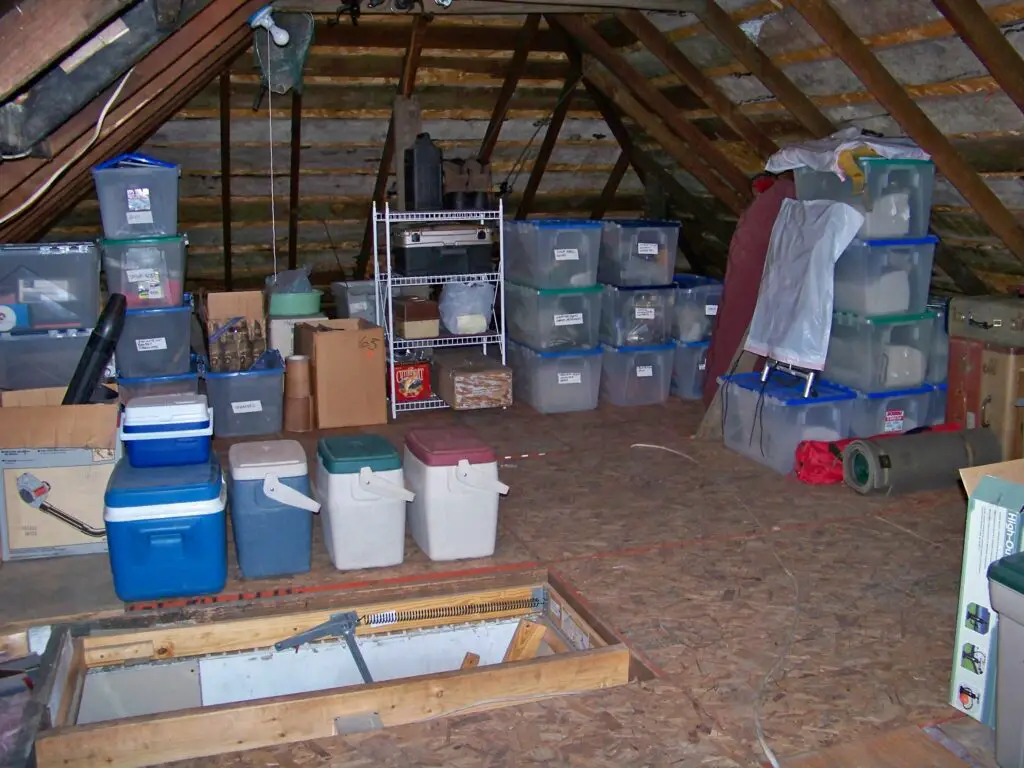
The attic is like a hat for your house — skip insulation there, and your home is constantly “losing heat through its head.” Warm air naturally rises, so in winter it escapes upward, while in summer the attic becomes a heat trap. Without proper insulation, you’re basically letting your conditioned air leak away. This makes your heating and cooling systems work harder, burning more energy.
Adding or upgrading attic insulation is one of the most cost-effective energy improvements you can make. Fiberglass batts, blown-in cellulose, or spray foam each have their pros and cons, but all are better than nothing. Even a few extra inches of insulation can significantly cut energy loss. It’s not glamorous, but it’s one of those behind-the-scenes changes that pays off daily.
3. Installing Recessed Lighting Without Air Seals
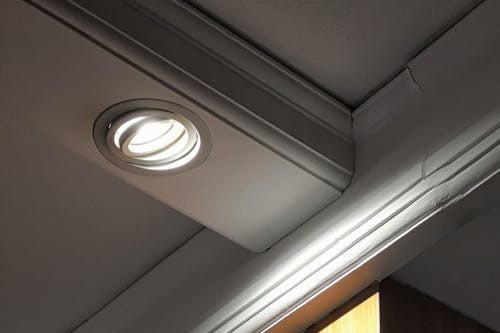
Recessed lighting can look sleek, but each fixture can be a hidden energy leak. Without proper insulation or air sealing around them, they can create little chimneys in your ceiling. Warm air rises and slips into the attic, and cold air can seep down. That constant air exchange drives up heating and cooling costs.
Choosing IC-rated, airtight fixtures helps keep conditioned air where it belongs. You can also add insulation covers or baffles to existing lights. These small upgrades reduce drafts and energy waste without changing your design choices. It’s a perfect example of how details in renovations can quietly undermine efficiency.
4. Removing Shade Trees Around the Home
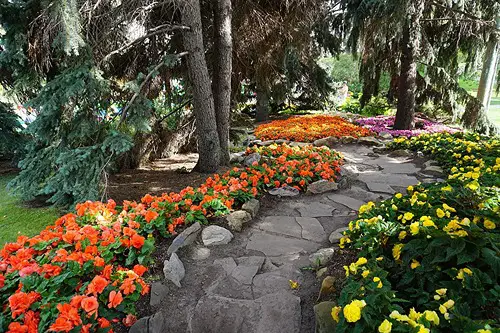
Cutting down trees for curb appeal or more light might seem harmless, but those leafy giants do a lot for your energy bill. In summer, they block direct sunlight from baking your home, reducing cooling needs. In winter, they act as a windbreak, lowering heat loss. Removing them can raise indoor temperatures in summer by several degrees.
If trees must go, consider adding awnings, pergolas, or strategic plantings to replace their benefits. Even shrubs close to the foundation can help buffer temperature extremes. These natural shade strategies can work hand-in-hand with efficient windows. It’s a simple case of not realizing you already had free energy help.
5. Covering Up Vents or Radiators
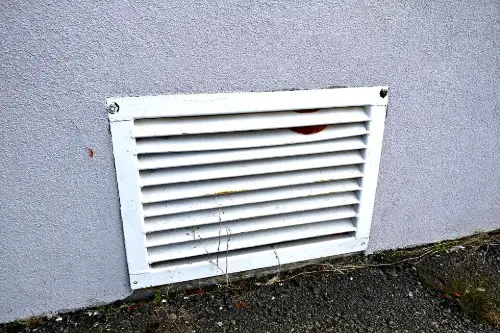
It’s tempting to hide unsightly vents or radiators behind furniture or decorative covers. But when you do, you block airflow, forcing your heating and cooling systems to run longer. This not only wastes energy but also wears down your HVAC equipment. The room ends up unevenly heated or cooled, making you fiddle with the thermostat more.
If you want better aesthetics, choose vent covers designed for optimal airflow. Rearranging furniture to give at least a foot of clearance can make a surprising difference in comfort. Think of vents and radiators as part of the design — they’re functional for a reason. Blocking them is like putting your hand over a garden hose and wondering why the water pressure drops.
6. Overlooking Air Leaks Around Doors
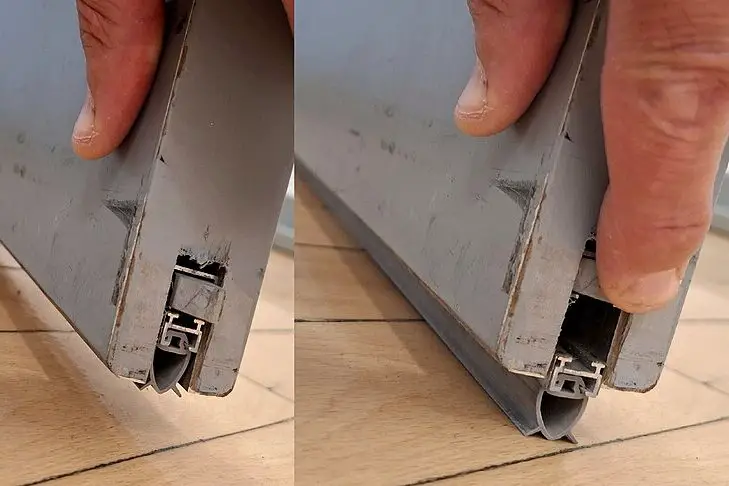
When renovating, new flooring or trim can make you forget about door seals. But gaps and worn weatherstripping around doors are like open invitations for drafts. In winter, cold air sneaks in; in summer, cool air slips out. This makes your HVAC system cycle more often, spiking your energy use.
Replacing or upgrading weatherstripping is inexpensive but impactful. You can also install door sweeps to seal the bottom edge. For older homes, adjusting hinges or adding a storm door can help. It’s one of those “hidden” fixes that quietly saves you money all year.
7. Choosing Incandescent Bulbs for Aesthetic Warmth
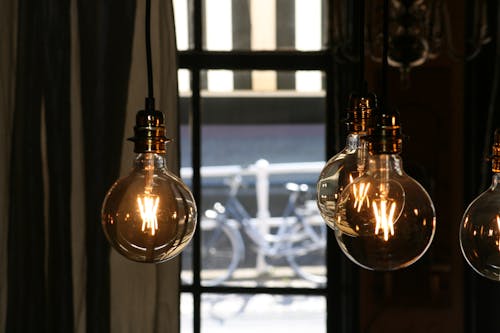
Some people love the warm glow of incandescent bulbs, but they’re energy hogs. They waste about 90% of their energy as heat instead of light. That extra heat can make your home harder to cool in summer. Plus, they burn out faster, meaning more replacements and waste.
LED bulbs now come in warm color temperatures that mimic incandescents without the inefficiency. They use a fraction of the energy and can last for years. Switching over during a renovation means you won’t have to think about it later. And your electric bill will thank you.
8. Using Dark Roofing in Hot Climates
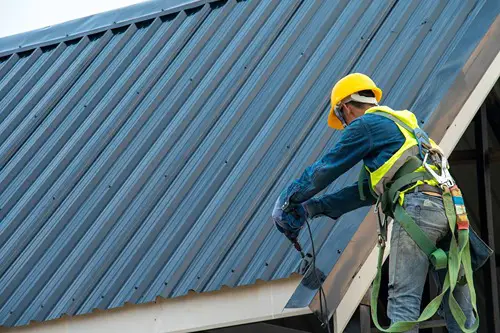
A sleek dark roof might look stylish, but in sunny, warm climates, it’s like putting on a black T-shirt in July. Dark materials absorb more heat, transferring it into the attic and living spaces. This pushes cooling systems into overdrive. Even with good insulation, the extra heat load costs energy and money.
Cool roofing materials or lighter colors reflect more sunlight, keeping attic temperatures significantly lower. Metal roofs with reflective coatings can also help. If you must go dark for aesthetic reasons, consider additional attic ventilation. The right choice here can shave off noticeable amounts from your cooling bill.
9. Ignoring Ductwork Condition
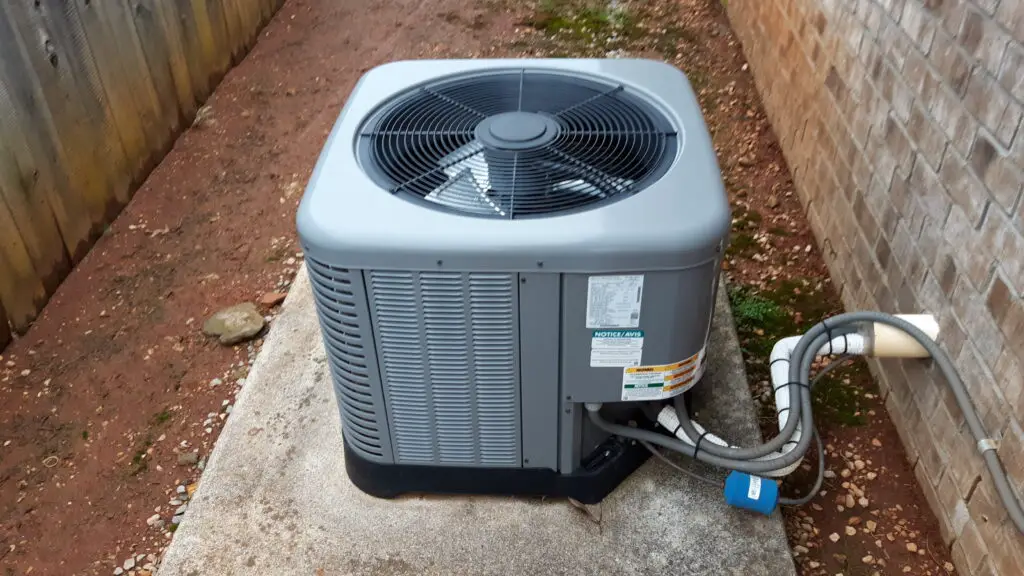
During renovations, people often upgrade HVAC units but forget the ducts that deliver the air. Leaky, poorly insulated ducts can lose up to 30% of the air before it reaches rooms. That’s wasted energy you’re paying for every month. It also makes the system work harder, shortening its lifespan.
Sealing and insulating ducts can solve most of these issues. Professionals use mastic sealant or metal tape, not standard duct tape, which fails over time. If ducts run through unconditioned spaces, insulation is a must. Skipping this step is like installing a high-end stereo but using frayed speaker wires.
10. Removing or Blocking Cross-Ventilation

Older homes often had windows placed for cross-breezes, which naturally cool rooms. Modern renovations sometimes remove or seal these windows for aesthetics or wall space. Without them, you lose free natural cooling, especially in spring and fall. That means more days relying on AC instead of just opening windows.
If you’re reconfiguring rooms, consider airflow patterns. Even one strategically placed operable window can bring back some of that passive cooling. Ceiling fans can help circulate air in the absence of natural cross-ventilation. It’s a small design choice with a big comfort payoff.
11. Not Adding a Smart Thermostat
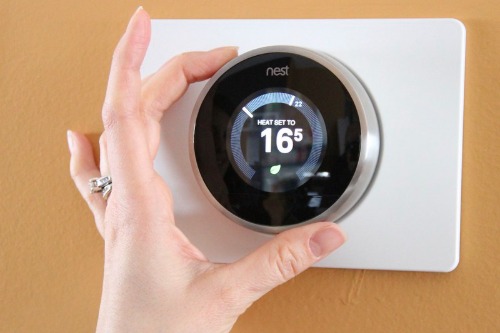
A renovation is the perfect time to update old thermostats, but it’s often overlooked. Manual thermostats rely on you remembering to adjust temperatures. That leads to wasted heating or cooling when no one’s home. Smart thermostats learn your habits and adjust automatically, saving energy without sacrificing comfort.
They also give you remote control, so you can tweak settings from your phone. Many models offer energy reports to show you exactly where you’re saving. They’re relatively inexpensive compared to other renovation costs. Installing one is like giving your HVAC system a brain.
12. Choosing Open Floor Plans Without Zoning

Open floor plans are trendy, but they make it harder to heat and cool efficiently. Without walls to contain conditioned air, your system has to handle a larger space all at once. This often leads to uneven temperatures and higher energy bills. Large open areas can also lose heat faster in winter.
If you love the open look, consider zoning your HVAC system. This allows you to heat or cool only the areas in use. You can also use partial dividers or strategically placed furniture to help with airflow control. That way, you get the airy feel without the energy penalty.
This post 12 Renovation Decisions That Make Energy Efficiency Worse was first published on Greenhouse Black.
